Since antiquity, the tropics have been portrayed as a region of exotic beauty, mysterious culture, dangerous animals, and luxuriant vegetation. Often considered from a western perspective to be a hostile environment to progress, the tropics represent everything that Europe and the United States are not (Lasso, 2019), the antithesis of civilized modernity. The exhibition of the Panamanian Pavilion should provide a counternarrative to this status quo, with Panama as a case study for a future vision of a ‘tropical’ nation, by recovering its various historical influences. ‘Stories from beneath the water’ focuses on analyzing three different areas within the former Panama Canal Zone, that address issues of division and integration, namely [1] the divisive architectural structures and systems introduced during the era of the Panama Canal Zone, [2] the erased identities of communities submerged when the waters of the Chagres River were dammed to create Gatun Lake as part of the canal, and [3] the island of Barro Colorado, critically examined as a case study for the theme of the ‘laboratory of the future’, questioning the overlaps between the notions of protection and control.
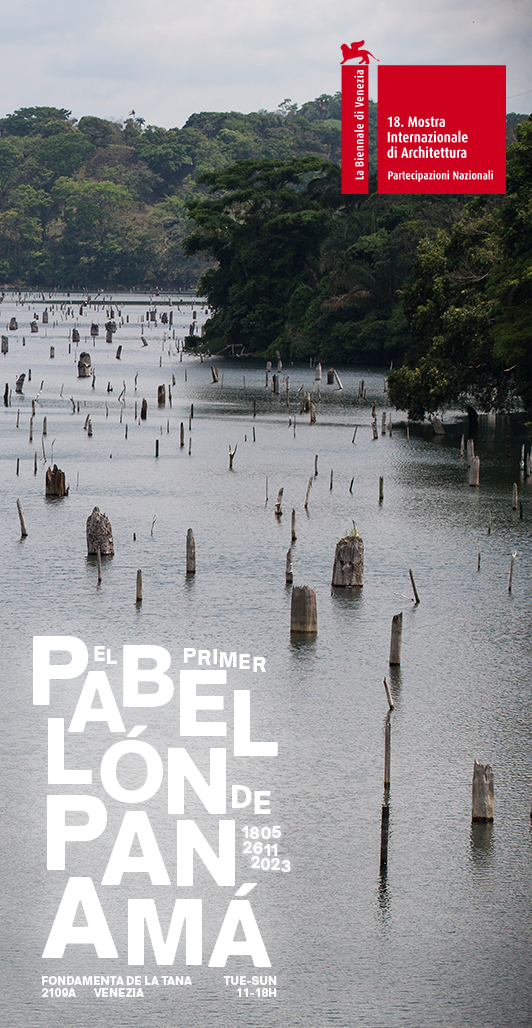
Space 1: Separation for control As Spanish influence and colonial control over Panama began to disappear in the early nineteenth century, a first attempt to construct a canal was led by the French: With a death toll estimated at over 22,000 lives, mainly caused by malaria and yellow fever, the region was immortalized as a place of danger and disease. After the failure of the French, the United States entered the new nation of Panama with a distinctive vision of imperial administration – the Panama Canal Zone. Less a colony than an engineering enclave, the ten-mile strip of land meant to stand in contrast to its natural and social environment, defining a landscape of modernity. Within these confines, an ‘othering’ narrative and ideology led to a demarcation of sanitated areas, domestication of the jungle, racial segregation, and depopulation of the ‘zone’ from Panamanians and their cities. This ‘buffer zone’ of protection between the colonizer and the colonized is an architectural structure, creating a liminal space wherein the relationship with the land – one that is threatened because the community is alienated – becomes fundamental, stops being merely decorative, and emerges as a full character (Glissant, 1989). In this first room the visitors’ attention is shifted toward the impacts of the controlling and dividing interventions defining the former Panama Canal Zone.
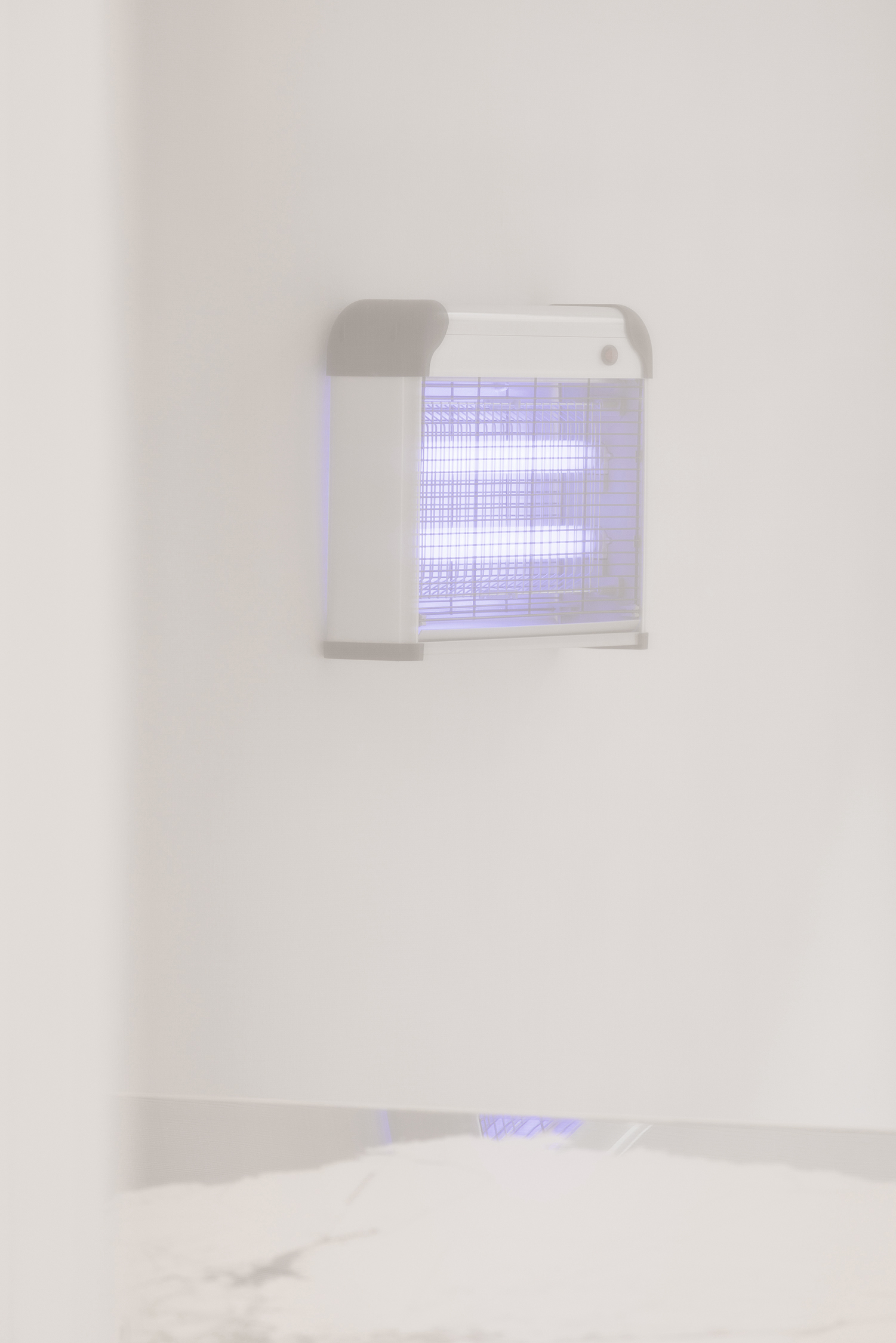
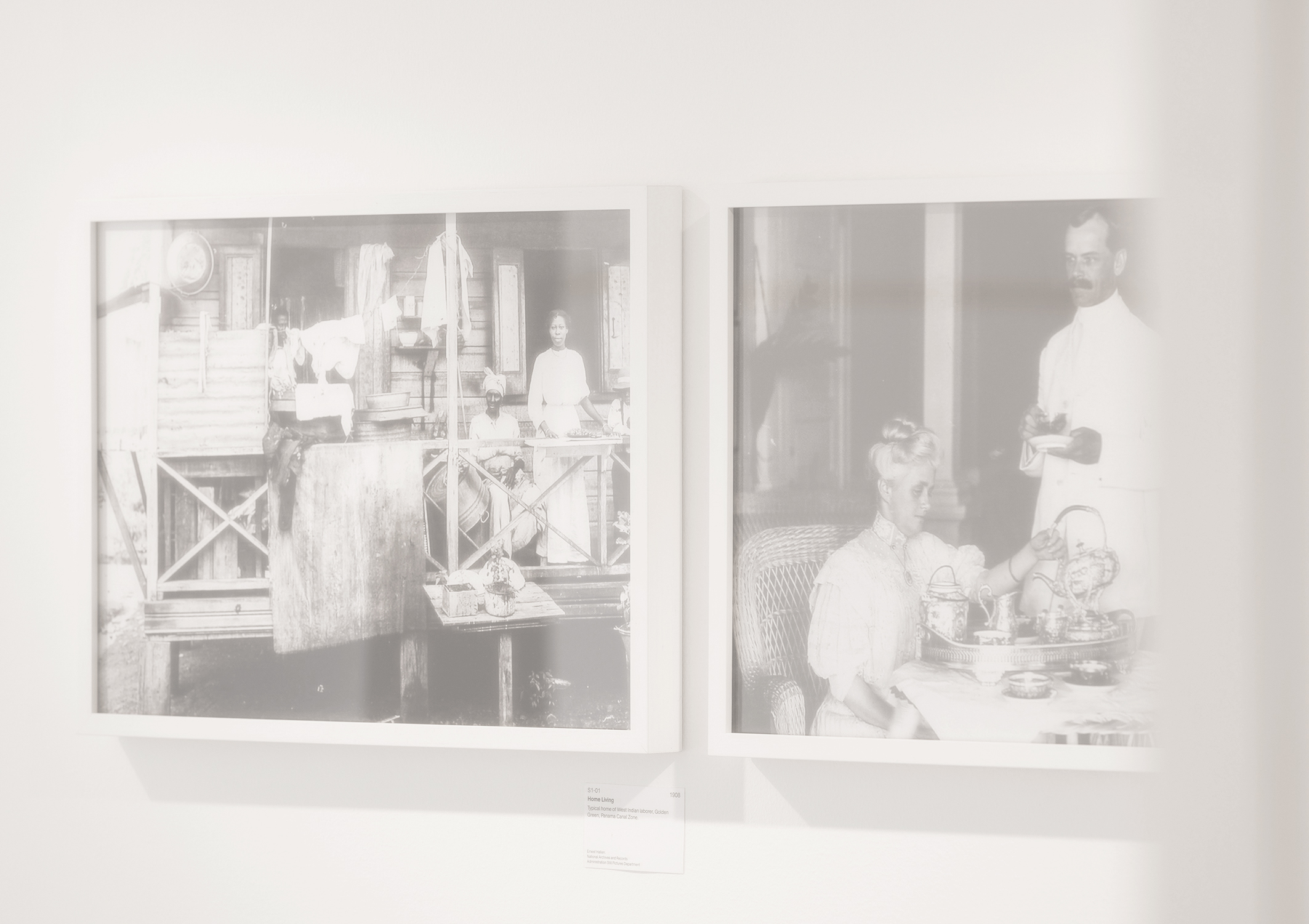
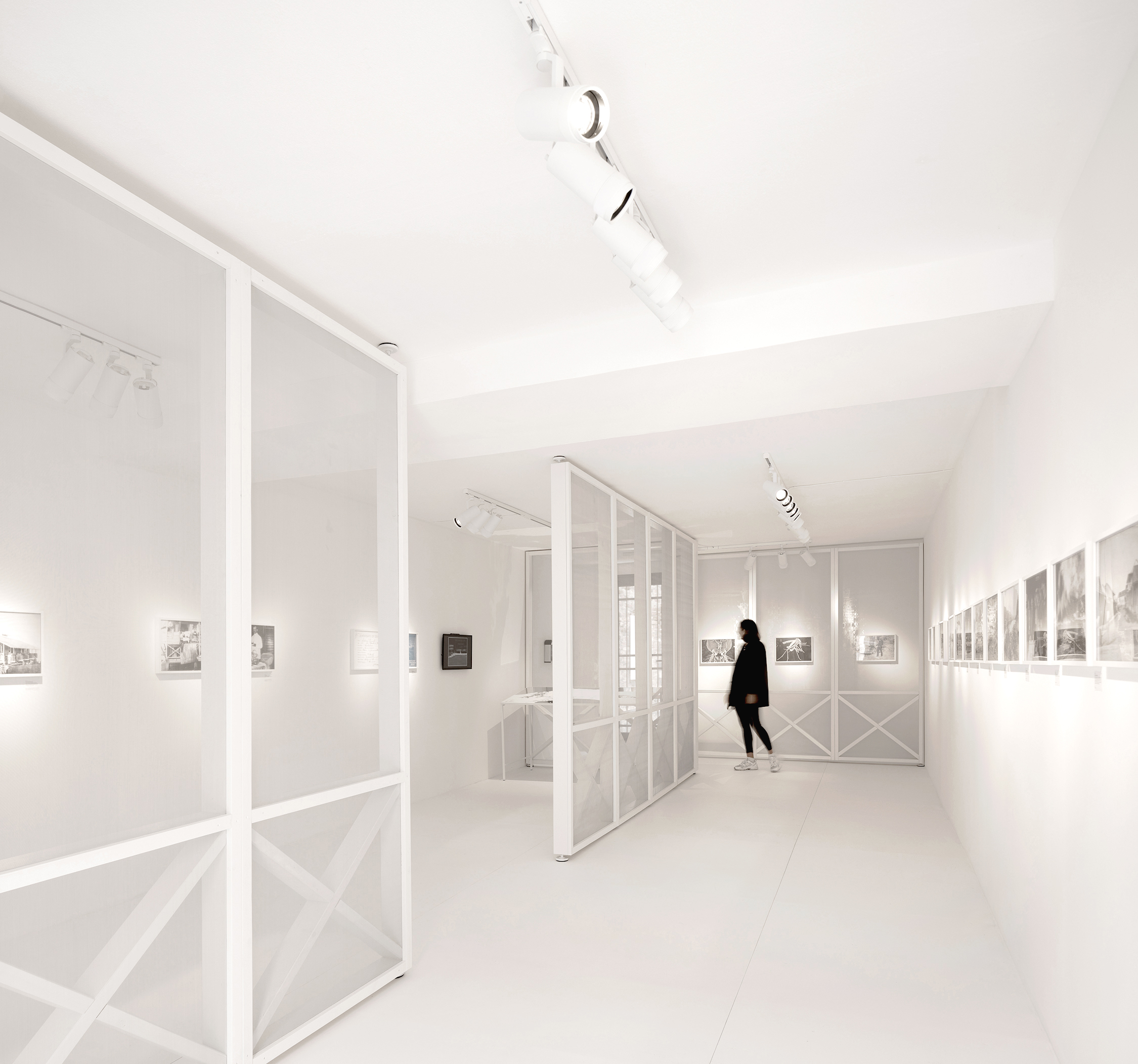
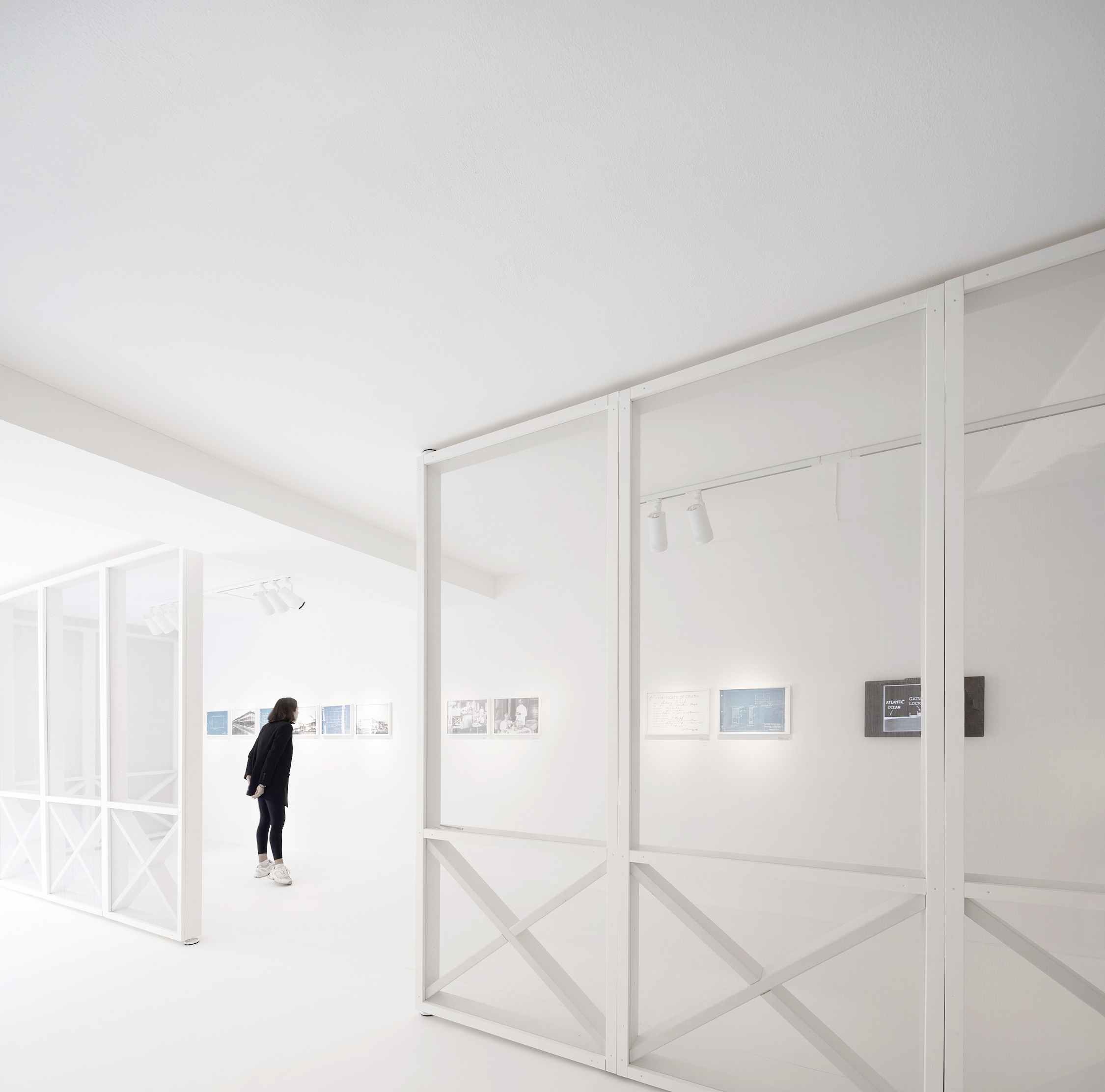
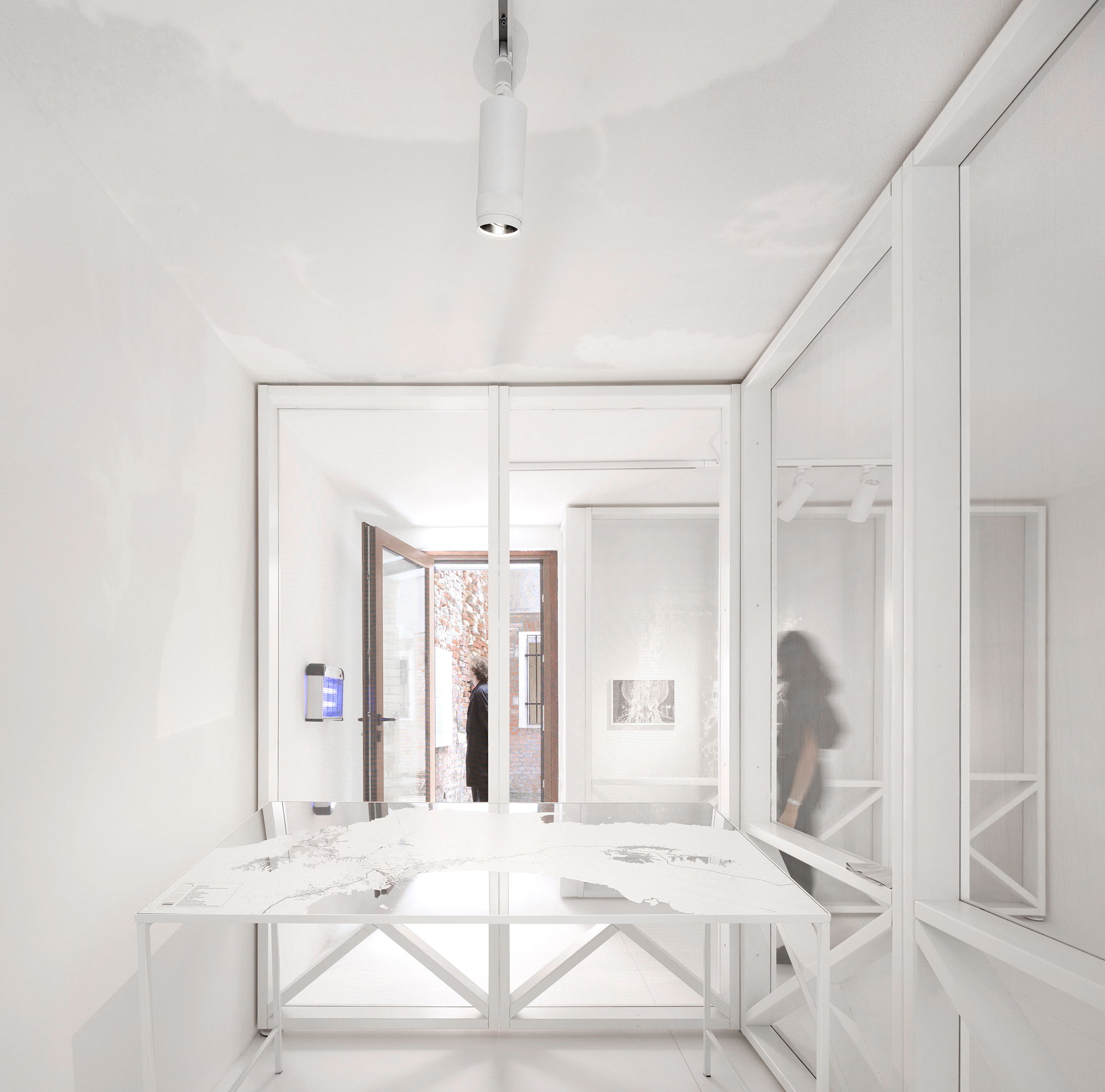
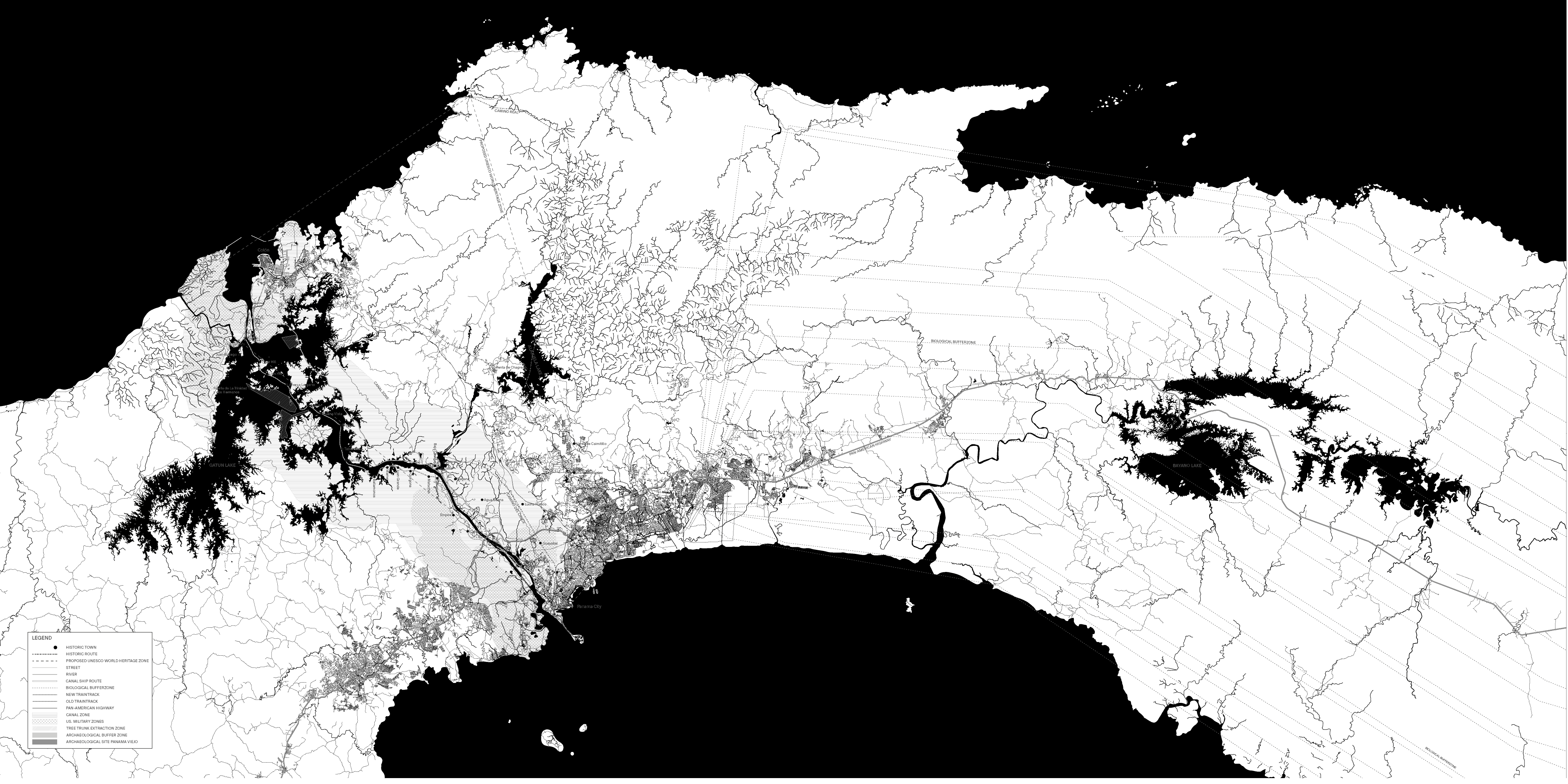
Space 2: The magical walkway The destruction of small towns, historical areas, rural settlements, and Panamanian landscapes, evoked feelings of nostalgia for the environment that was and the desire to preserve its image in the collective memory, which is reflected in the recurring theme of the landscape in Panamanian literature. “Caribbean writers have always had only one referent available to shape the theme and the language of their works: the landscape – insular, oceanic, luxurious, mysterious, and ever-resistant to conquest and appropriation by mapping or “realistic” descriptions. (...) This is one of the basic precepts of the magical realist text. Only the magic and the dream are true because they are the only discursive elements able to present the unpresentable, to speak the unspeakable where the realistic text fails.” (Arva, 2010) Following this line of thought, the courtyard provides a safe space for reflection: The process of recovering trees from the waters of the artificial lakes of Panama tells the story of the erased and submerged communities beneath the Panama Canal. The tangible reality of the trees in the courtyard subverts the western perception of the ‘tropics’ as a ‘magical’ place, avoiding direct confrontation with colonial trauma and creating a metaphoric connection to the construction materials that also the Venetian civilization is built upon.
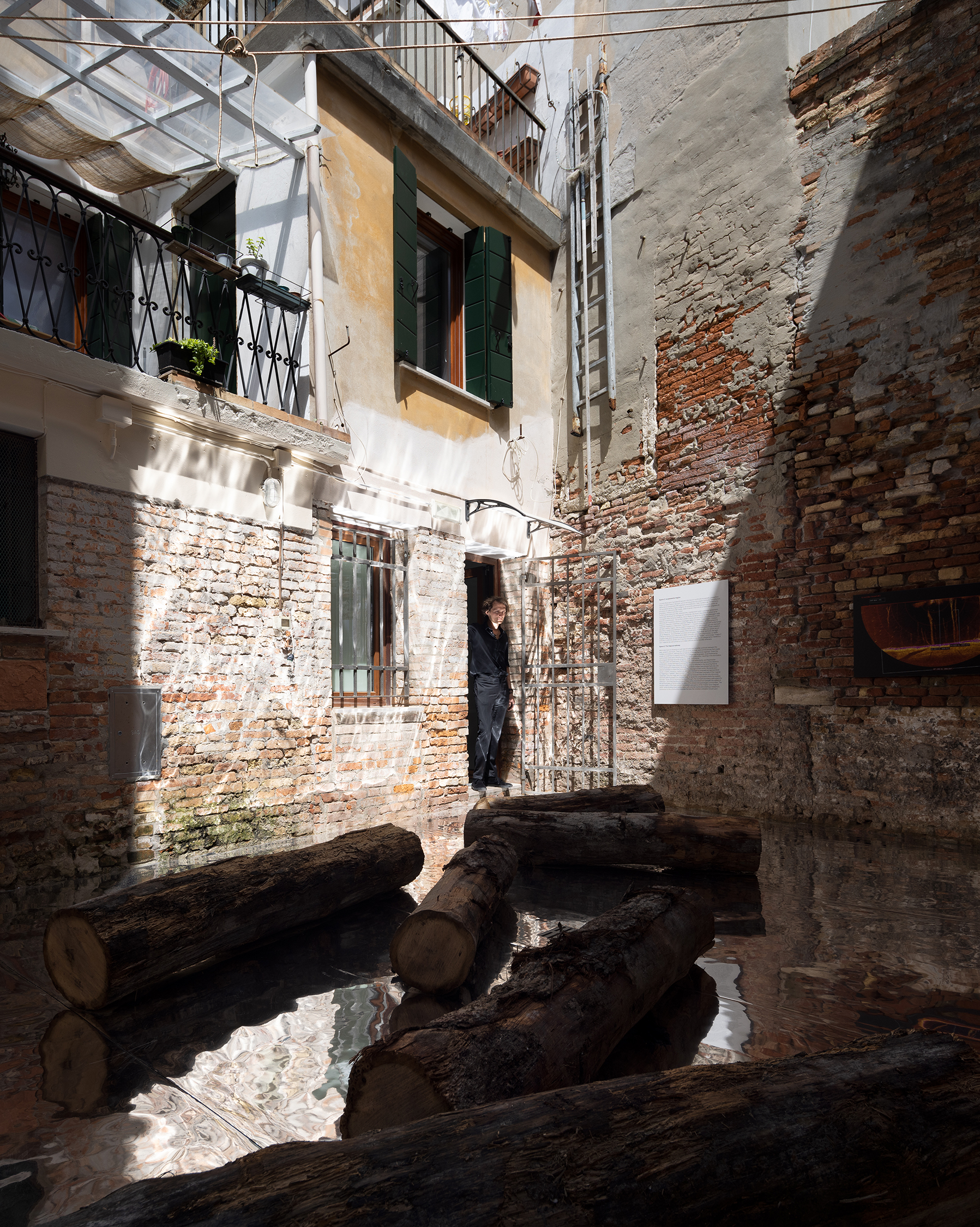
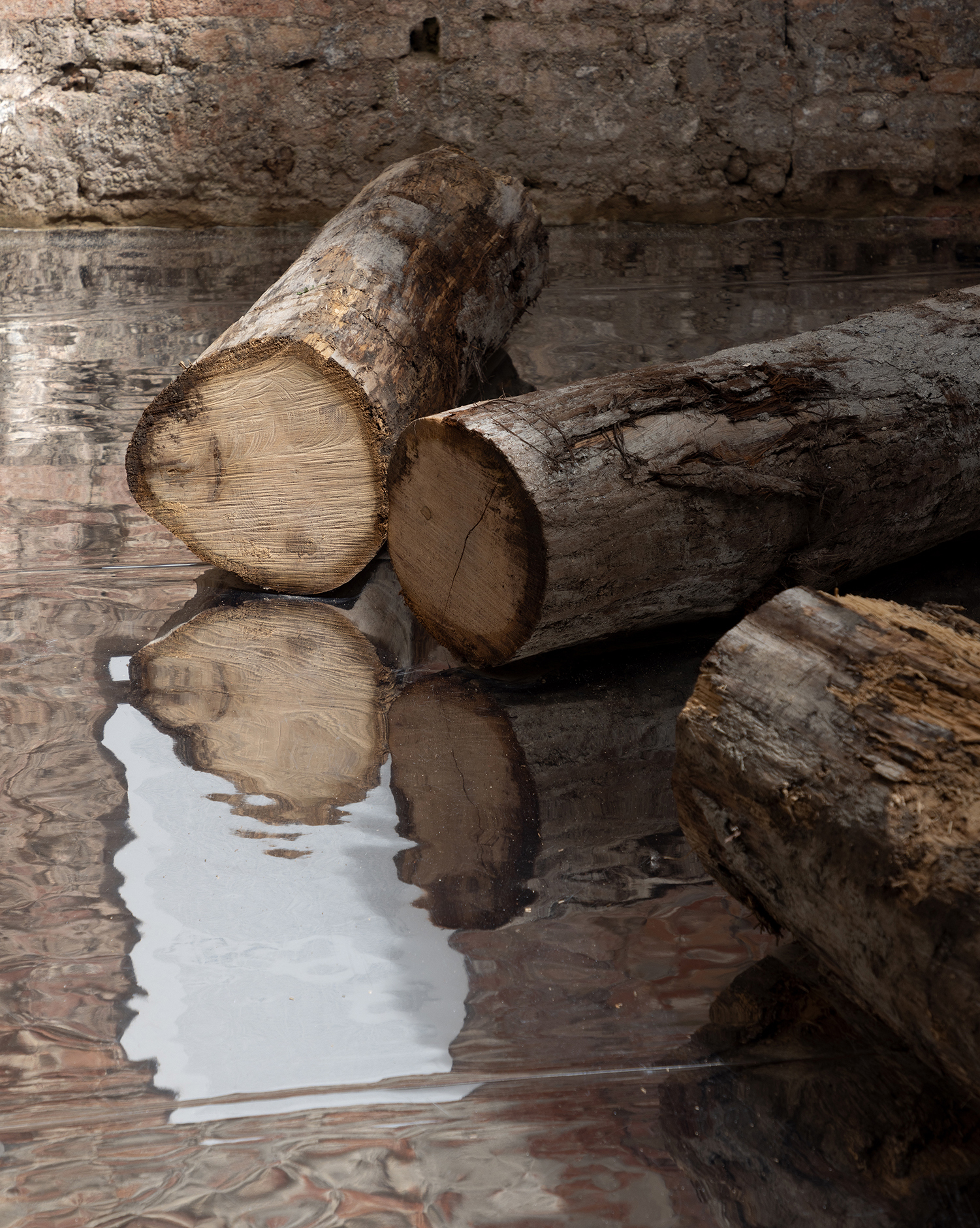
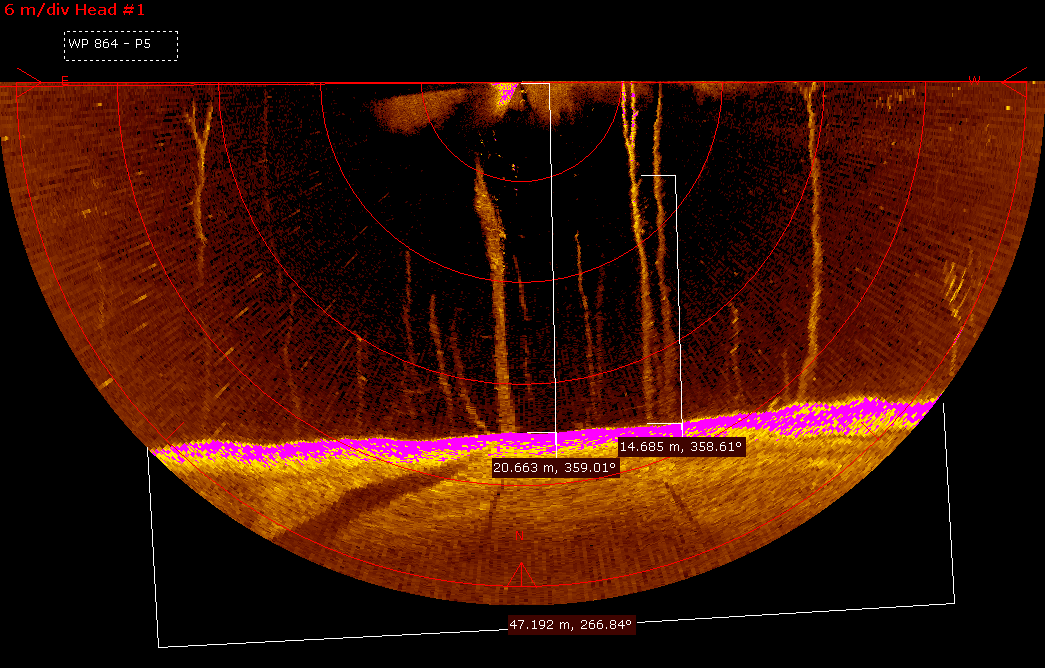
Space 3: Separation for protection Barro Colorado Island (BCI) is a unique space, a hilltop that became isolated in the middle of the Panama Canal when the waters of the Chagres River were dammed to create Gatun Lake, the main passage of the waterway. Set aside by the Smithsonian Tropical Research Institute as a nature reserve since 1923, today, exactly 100 years later, this island is the most studied tropical forest in the world. Frequently this island has been advertised as a living scientific ‘archive’ and ‘laboratory’ in which the landscape became both – an object and repository of scientific knowledge. Discussing the purportedly opposing perspectives toward BCI as ‘a fragment of authentic tropical nature standing at the crossroads of the world’ and its position as ‘a shadow of the former Canal Zone’, this last room of the exhibition questions the history, inclusivity, and legacy of this tropical station. What is its role in the conservation of local and global biodiversity and ecological research? It is a space of listening, to critically reflect on the connections between control and protection and to imagine a future vision for science and modernity in Panama and beyond.
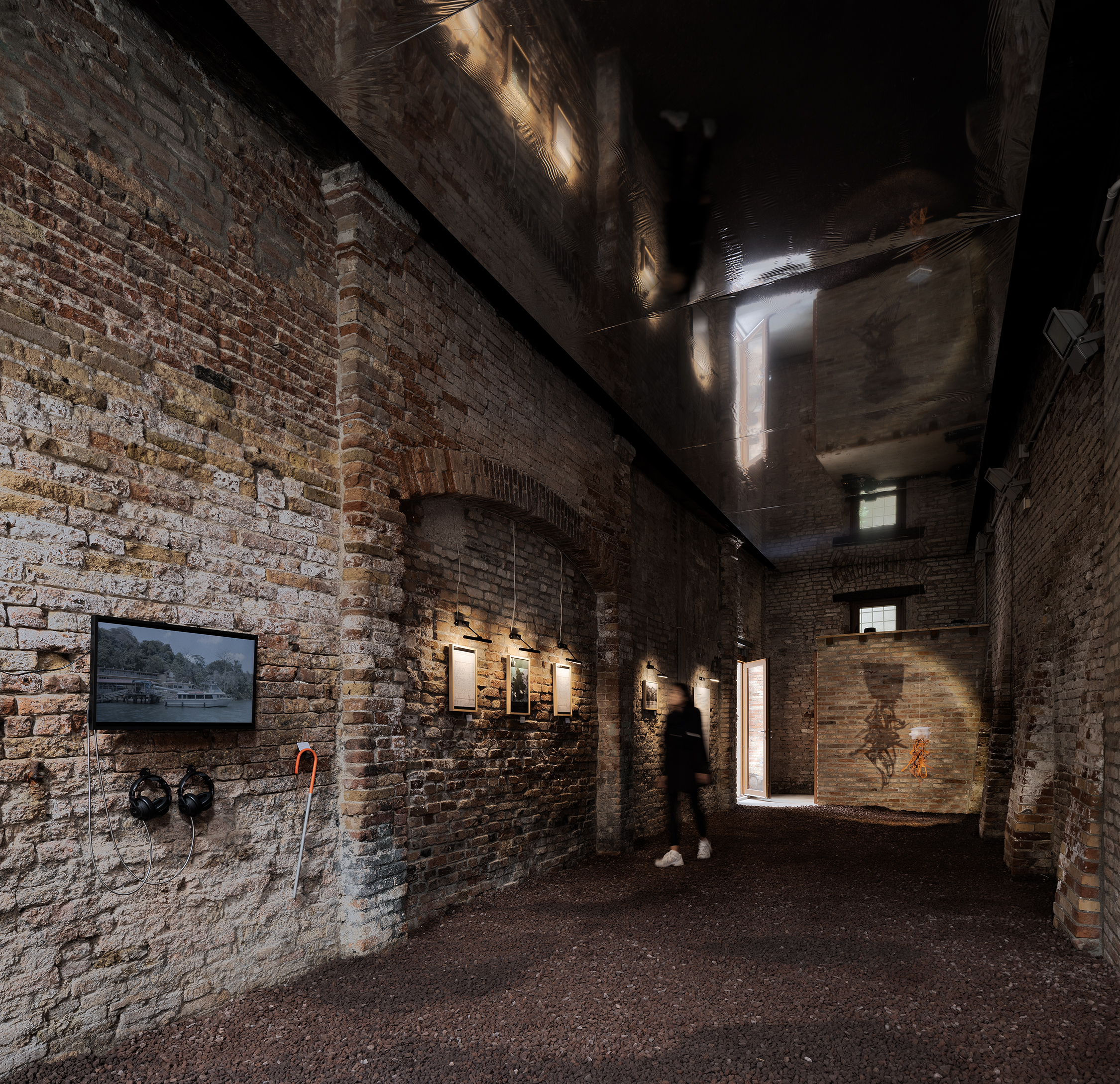
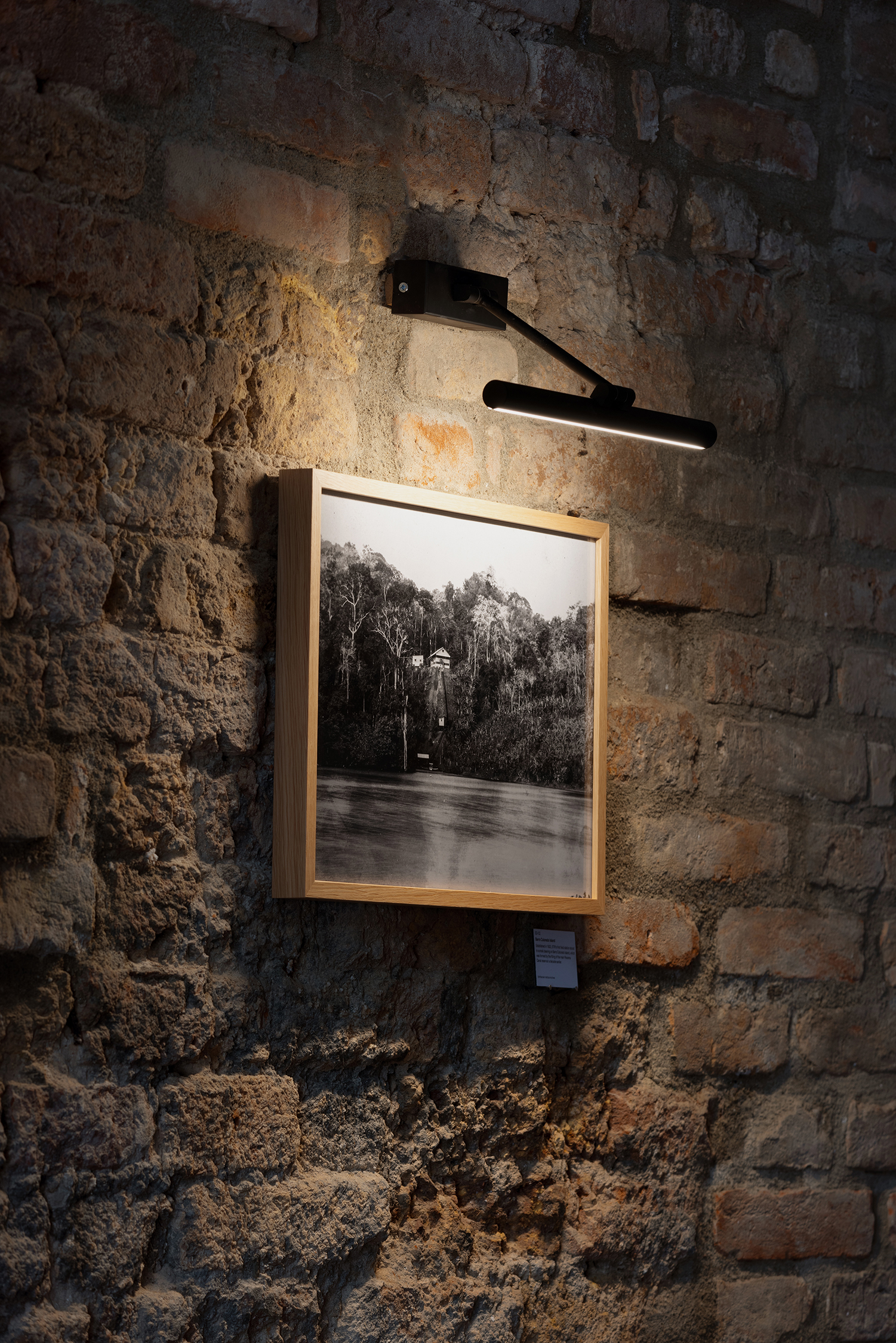
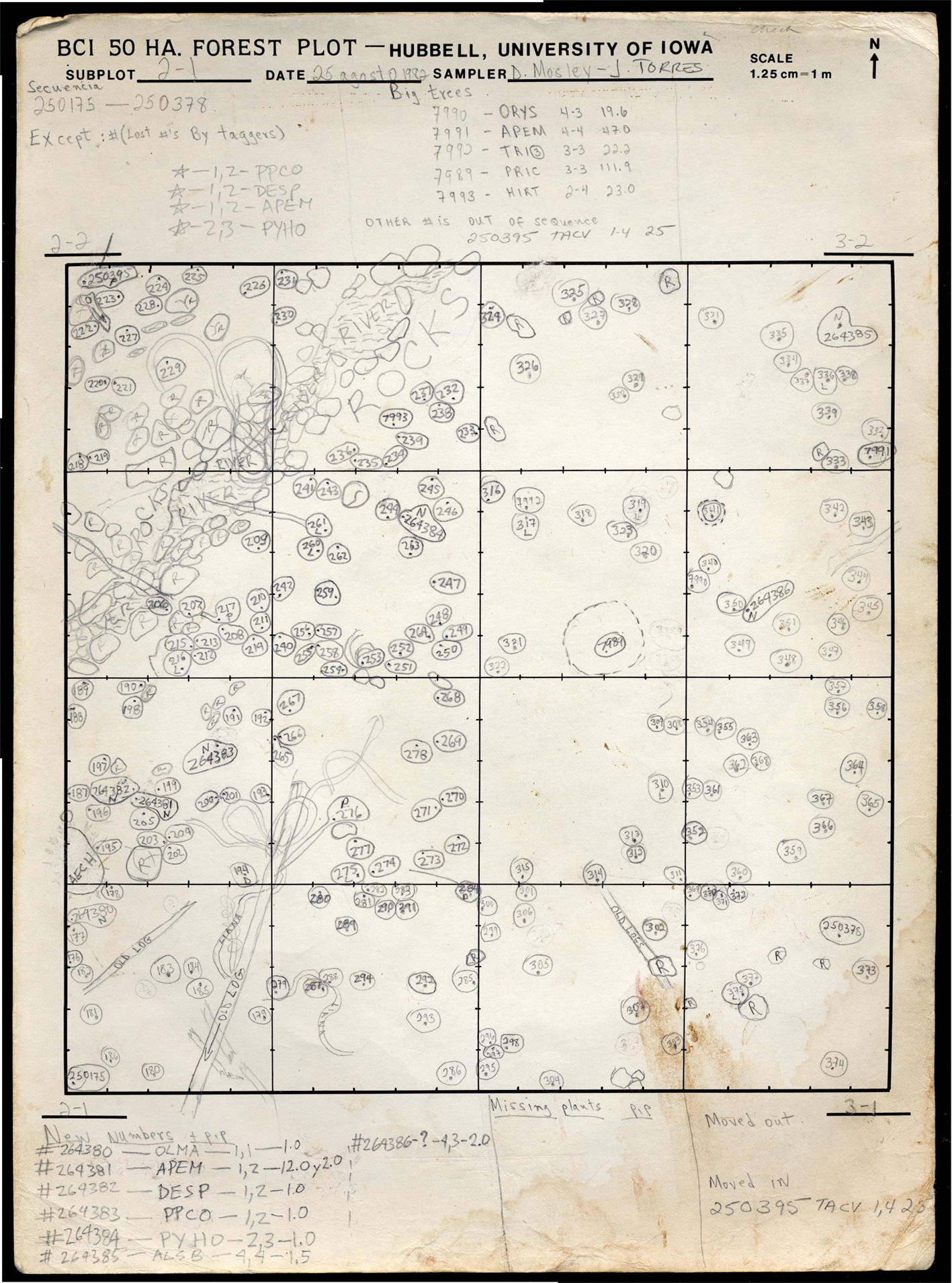
Since the construction of the first research station situated at the shore of Barro Colorado Island (top left), its environment has been mapped through cartesian grids of increasing resolution. At the core of this practice is a 50ha Plot (below left), logging forest growth rates over time as part of the 'ForestGEO' project. Initially this demanded extensive manual labour (top right), which provided low amounts of data limiting predictions about future growth rates, but with the conception of remote sensing systems such as TanDEM-X (bottom right) much larger areas become accessible for research (Biotrop-X), which facilitates the creation of growth simulations and predictions about biomass (page bottom).
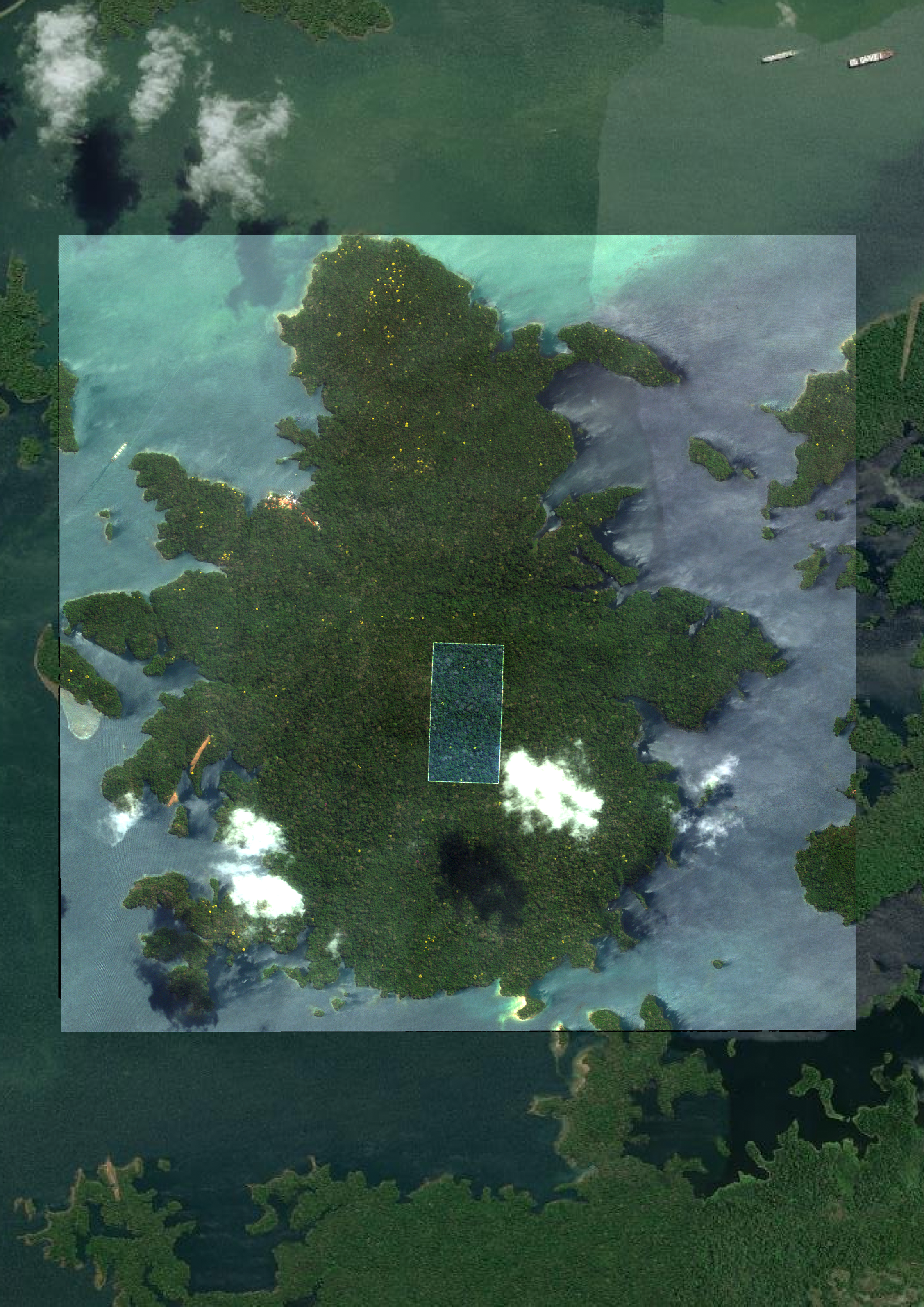
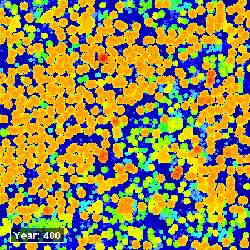
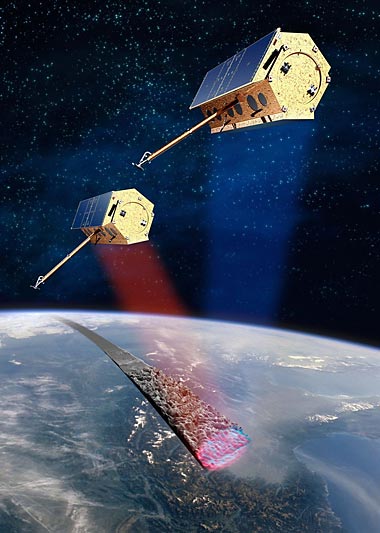
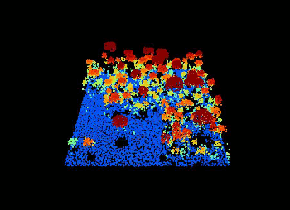
Credits Commissioner: Itzela Quiroz Curation: Aimée Lam Tunon Concept / Creative Direction: Jasper Zehetgruber Participants / Research based on the works of: Dante Furioso Dr. Marixa Lasso Danilo Perez Joan Flores-Villalobos Dr. Luis Pulido Ritter Dr. Fahim Amir PR Management: Désirée Lam Tunon Production Design / Visual Research: Marvin Flores Unger Graphic Identity / Web Archive: Finn Steffens & Conrad Weise Research / Mapping Intern: Maik Stricker Barro Colorado Island Installation: Marda Zenawi Veranda Production: Emanuele Maria Marchi & Gaspard Diatta Documentary Videography / Editing: Valentin Duggon Exhibition Photography: Studio Naaro Sponsors: Banco Nacional de Panama Coast Eco Timber Europanamena S.A Fundación Strelitzia Interamerican Development Bank Linda Hall Library Senacyt Ximena Eleta de Sierra Special Thanks: Art Events Francesca Noia Peter Nicastro Smithsonian Institution